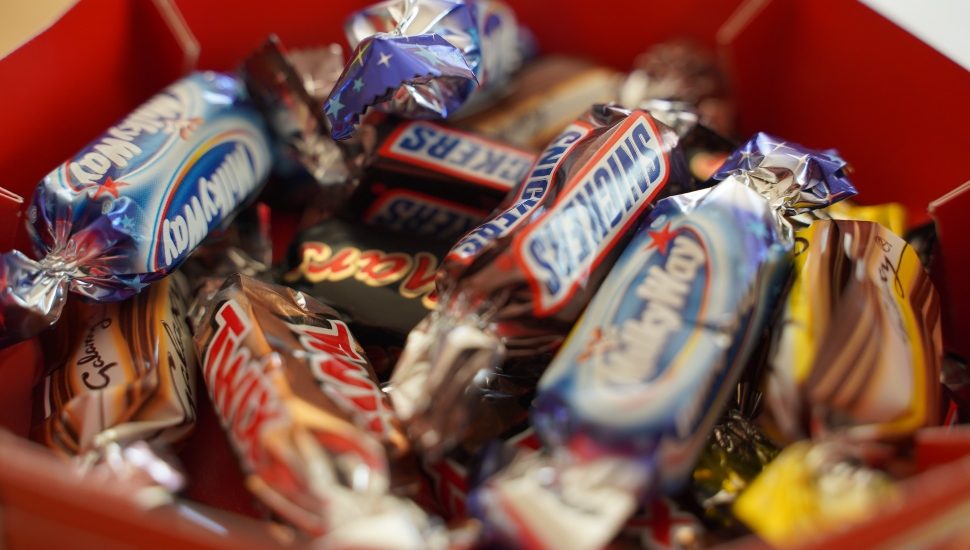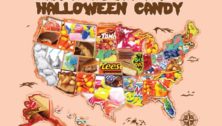N.Y. Times: False Report by Kennett Square Teens Contributed to Myth of Tainted Halloween Candy

The tales of tainted Halloween candy have been persistently scaring parents and keeping police on high alert for decades, despite very little to no evidence that the issue even exists, write Daniel Victor and Aimee Ortiz for The New York Times.
While some in the media have repeated mostly unverified claims of razor blades in apples or regular gummy bears being swapped with THC-laced candy for decades, such events are not only extremely rare but also close to being completely undocumented.
While a case from 1959 of a dentist who handed out laxative pills coated in candy may have started the trend, most if not all of the more recent reports have been shown as hoaxes.
Incidents perpetuating the sham include a 2015 case of two Kennett Square teenagers who claimed they had found needles in their candy. Days later, both recanted their stories.
“I can’t find any evidence of any child being killed or seriously hurt by a contaminated treat picked up in the course of trick-or-treating,” said Joel Best, a sociology professor at the University of Delaware who has studied the subject of tainted Halloween candy since 1983.
Read more about the candy myth in The New York Times.
Connect With Your Community
Subscribe to stay informed!
"*" indicates required fields





















![95000-1023_ACJ_BannerAd[1]](https://vista.today/wp-content/uploads/2023/03/95000-1023_ACJ_BannerAd1.jpg)


























